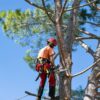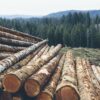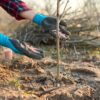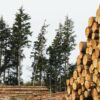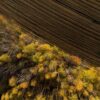Monthly Report - April 2025
The illustrious Donald Trump has played havoc with the world order, the wood fibre sector has been impacted but not as badly as many other commodities.
So much has been written of DT’s every move and every word, to the extent the whole fiasco in my opinion is a media frenzy times 100. Indeed, what is actually happening, on any given day, is likely much different to what we see and hear.
But tariffs are tariffs and that has its own levels of abnormalities. Great to hear as at mid-April, if it is factually correct, that DT has reversed some of the China imposed tariffs. The realisation must be as I stated at the outset of this very sad and sorry affair, it is the US consumers and rampant inflation that will suffer at the hands of inane leadership.
For NZ Forest Grower and our reliance on China as a primary destination for wood fibre, times are getting a little tougher. Whilst prices were higher in Q1, we were producing far more logs than were being consumed and that has taken us to the “here we go again” scenario. CFR prices are dropping with some commentators suggest further decreases likely.
Importantly, log consumption in China is still chugging along at over 50,000 m3 per day. We need to remind ourselves this reflects about 85 hectares of mature NZ Radiata pine forests being consumed every day and that is when the market is off the boil.
On the down side, the Eastern Seaboard inventory remains stubbornly around the 4mil m3 mark and likely to increase in April with 45 plus vessels planned from NZ. That is about 1.7 mil m3 of logs a month for a market that is using 1.35mil m3 per month. I doubt you will need your abacus to work out what happens next.
On the upside, the tariff fiasco is having a net impact on shipping costs with NZ production slowly grinding down and plenty of vessels opening on NZ, Charterers have become the cat and the ship owners, the mouse. For Q1, it was the other way around.
Reduced shipping costs apply for both China and India, chasing CFR prices down for both destinations. None of that helps Kiwi forest-owners, as it is the production bubble that needs to burst for us to help both markets to recover.
The selling price (CFR) for the market indicator A grade in China is in a US110 – 112 per cubic metre band as at mid-April. LC’s and contracts are harder to get than tariff reductions out of DT and the market is in a nervously poised mode, waiting to see where the bottom is.
For those of us focussed on the India market the news is more positive but not by a great margin. Current CFR prices for A grade are in a US$116 – 120 band, a US$8 to 10 reduction on prior levels. Demand is weak but the inventory, whilst high, is not as eye watering as China.
For India the same story of over supply dominates, with NZ companies who have not been traditional players trying to find solutions outside China. The inventory situation was helped by the non-arrival in March of 2 vessels from Australia.
These have now discharged with a total 9 vessels expected in April and 9 in May. In both cases this represents the only NZ Log destination Port in India, Kandla receiving 1 – 2 more vessels per month than the market is currently consuming.
Market sentiment in India is weak currently, and what will be a surprise to many, labour shortages are reducing overall productivity. Many believe the market is close to bottom with many of the India economic fundamentals, including rampant middle class wealth growth, suggesting the current situation is a blip.
It is certainly time for NZ Forestry Inc to start investing in market development away from China, India would be a great place to start.
As it has been in the past our NZ domestic sawmills are chugging along, consuming good volumes of logs and at stable prices. Demand for logs to make house framing lumber is improving with good order books in the mix.
As always, please remember the thoroughly important message, “despite the challenges, it remains, as always, fundamentally important, the only way forward for climate, country and the planet, is to get out there and plant more trees”!
Allan Laurie.
Laurie Forestry.


